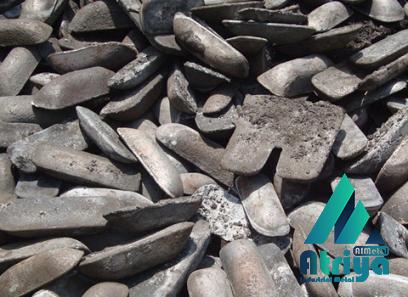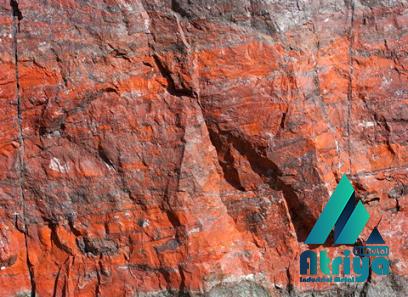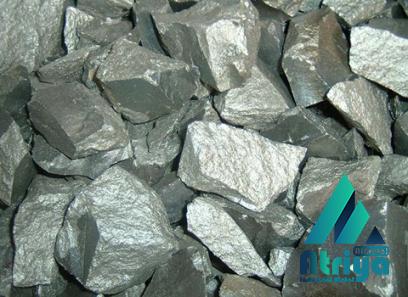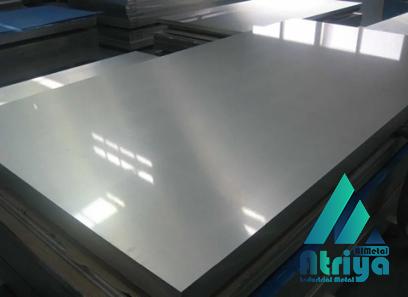The direct reduced iron (DRI) process has become a key player in the global steel industry. This innovative technology offers various advantages over traditional iron-making methods, making it a popular choice for steel producers worldwide. The DRI process involves the conversion of iron ore into metallic iron by reducing it using a reducing gas that is generated from natural gas or coal. The process takes place in a vertical reactor known as a direct reduction furnace. This furnace operates at high temperatures, typically between 900 and 1200 degrees Celsius, and uses a combination of heat and chemical reactions to produce DRI. One of the main advantages of the DRI process is its environmental sustainability. Unlike traditional iron-making methods, such as the blast furnace process, the DRI process emits significantly less carbon dioxide and other greenhouse gases.

.
 This makes it a more environmentally friendly option for steel producers, who are increasingly under pressure to reduce their carbon footprint. In addition to its environmental benefits, the DRI process also offers economic advantages. The production of DRI requires less energy compared to traditional iron-making methods, making it a more cost-effective option for steel producers. Furthermore, the use of DRI in steel production can lead to higher quality steel products with improved mechanical properties. Another advantage of the DRI process is its flexibility. Unlike blast furnaces, which require large-scale production to be economically viable, DRI plants can be scaled down to meet the specific needs of steel producers.
This makes it a more environmentally friendly option for steel producers, who are increasingly under pressure to reduce their carbon footprint. In addition to its environmental benefits, the DRI process also offers economic advantages. The production of DRI requires less energy compared to traditional iron-making methods, making it a more cost-effective option for steel producers. Furthermore, the use of DRI in steel production can lead to higher quality steel products with improved mechanical properties. Another advantage of the DRI process is its flexibility. Unlike blast furnaces, which require large-scale production to be economically viable, DRI plants can be scaled down to meet the specific needs of steel producers.
..
 This allows smaller steel producers to adopt the DRI process, opening up new market opportunities and increasing competition in the industry. The DRI process also enables the use of low-grade iron ore, which would otherwise be considered uneconomical. By using these lower grade ores, steel producers can reduce their dependence on higher grade iron ore, which is often in limited supply and subject to price volatility. Despite its numerous advantages, the DRI process also faces some challenges. One of the main challenges is securing a stable and affordable supply of natural gas or coal for the production of the reducing gas.
This allows smaller steel producers to adopt the DRI process, opening up new market opportunities and increasing competition in the industry. The DRI process also enables the use of low-grade iron ore, which would otherwise be considered uneconomical. By using these lower grade ores, steel producers can reduce their dependence on higher grade iron ore, which is often in limited supply and subject to price volatility. Despite its numerous advantages, the DRI process also faces some challenges. One of the main challenges is securing a stable and affordable supply of natural gas or coal for the production of the reducing gas.
…
 Additionally, the initial capital investment required to set up a DRI plant can be substantial, making it less accessible for smaller steel producers. Nevertheless, the direct reduced iron process continues to gain traction in the global steel industry. Its environmental sustainability, economic benefits, and flexibility make it an attractive option for steel producers looking to optimize their operations and reduce their environmental impact. As the demand for sustainable steel production grows, the DRI process is expected to play a vital role in shaping the future of the industry.
Additionally, the initial capital investment required to set up a DRI plant can be substantial, making it less accessible for smaller steel producers. Nevertheless, the direct reduced iron process continues to gain traction in the global steel industry. Its environmental sustainability, economic benefits, and flexibility make it an attractive option for steel producers looking to optimize their operations and reduce their environmental impact. As the demand for sustainable steel production grows, the DRI process is expected to play a vital role in shaping the future of the industry.











Your comment submitted.